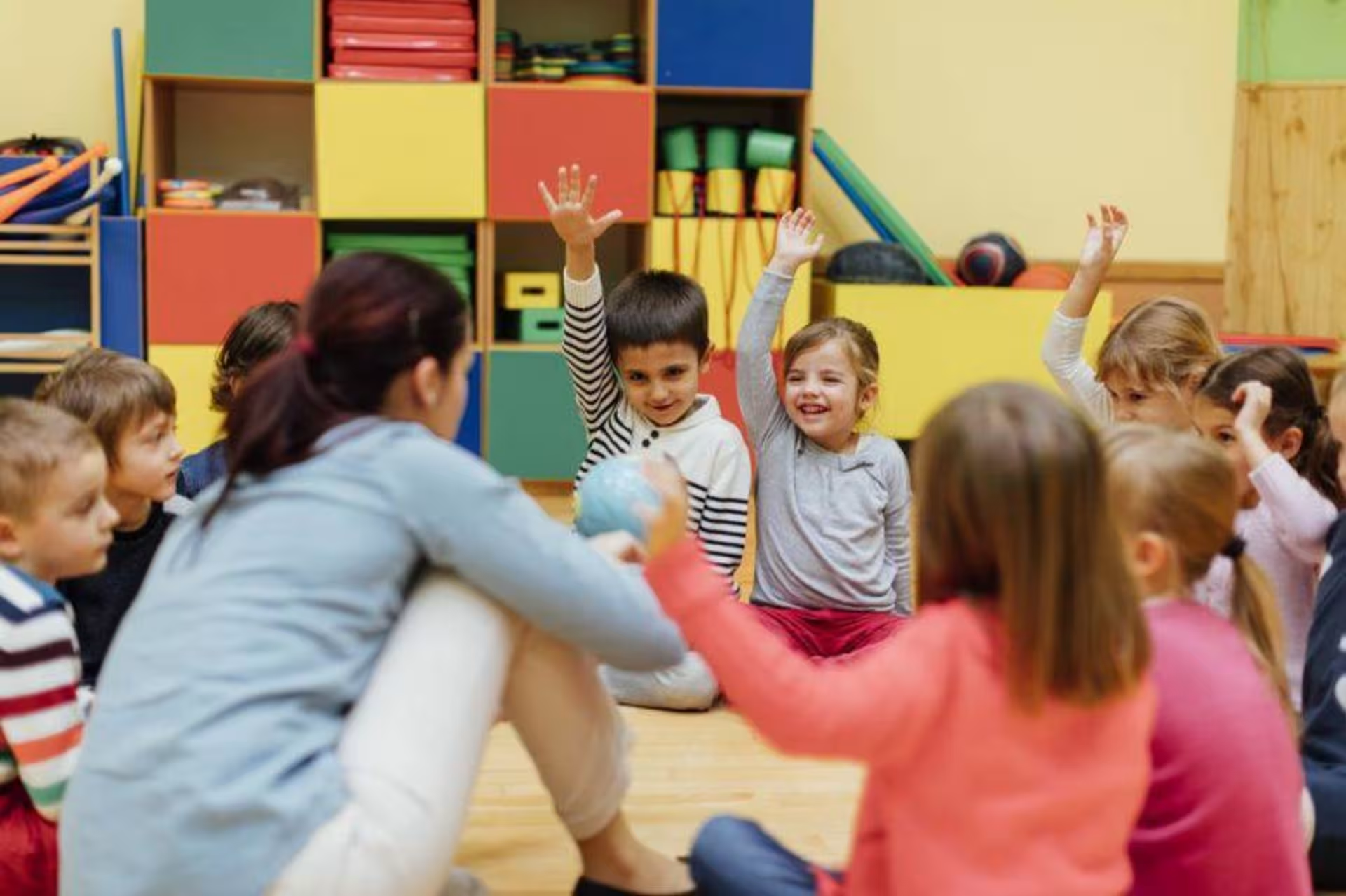Speak with a University Counselor today.
The views and opinions expressed in this article are those of the author’s and do not necessarily reflect the official policy or position of Grand Canyon University. Any sources cited were accurate as of the publish date.

When students realize that what they are learning will make a difference for their future and will impact the way they see the world, connections are made and students are more likely to enjoy what they are learning.
As a teacher, you can provide students with chances to seek out information about what interests them and allow them to discover the importance of learning. Because children are naturally curious, you can provide opportunities for students to inquire and ask questions. Students also benefit from being given the tools necessary to answer these questions and to challenge others to dig deeper as well.
It is a personal dream of mine to someday create a classroom where students are excited about coming to class, and where engagement and collaboration are key goals. I strongly believe that when students are given age-appropriate activities and tools, they will be able to make meaningful connections to what they are learning and why it matters to their lives. Just as the Kagan website declares, “It’s all about engagement!”
Grand Canyon University’s College of Education prepares policymakers, administrators and educators who strive to deliver quality education and enrich lives across a variety of school and community settings. To learn more about education degree programs at GCU, visit our website or contact us using the Request More Information button at the top of the page.
Student engagement should be a top priority in the classroom, and brain-based projects can help guarantee that students are challenged in a beneficial way. Implementing collaborative techniques, such as Kagan structures, can be used to encourage teamwork and critical thinking with any subject.
Even down to their seating arrangement, students should be given opportunities to work alongside each other and communicate their ideas and thoughts. Collaboration and engagement are the greatest ways to provide students with meaningful connections to what they are learning and why it is important.
Last semester, I stepped into an elementary school classroom that was filled with energetic students. These students were actively engaged in the lessons and were collaborating with their fellow classmates and teacher to think critically and problem-solve. It was an amazing opportunity to experience such a positive learning atmosphere where students were thriving from the intake of information and using the tools available to them to succeed.
Obviously, this is the dream classroom. So how can you, as a teacher, ensure that this type of engagement is provided to your students? And how does this type of learning impact students?